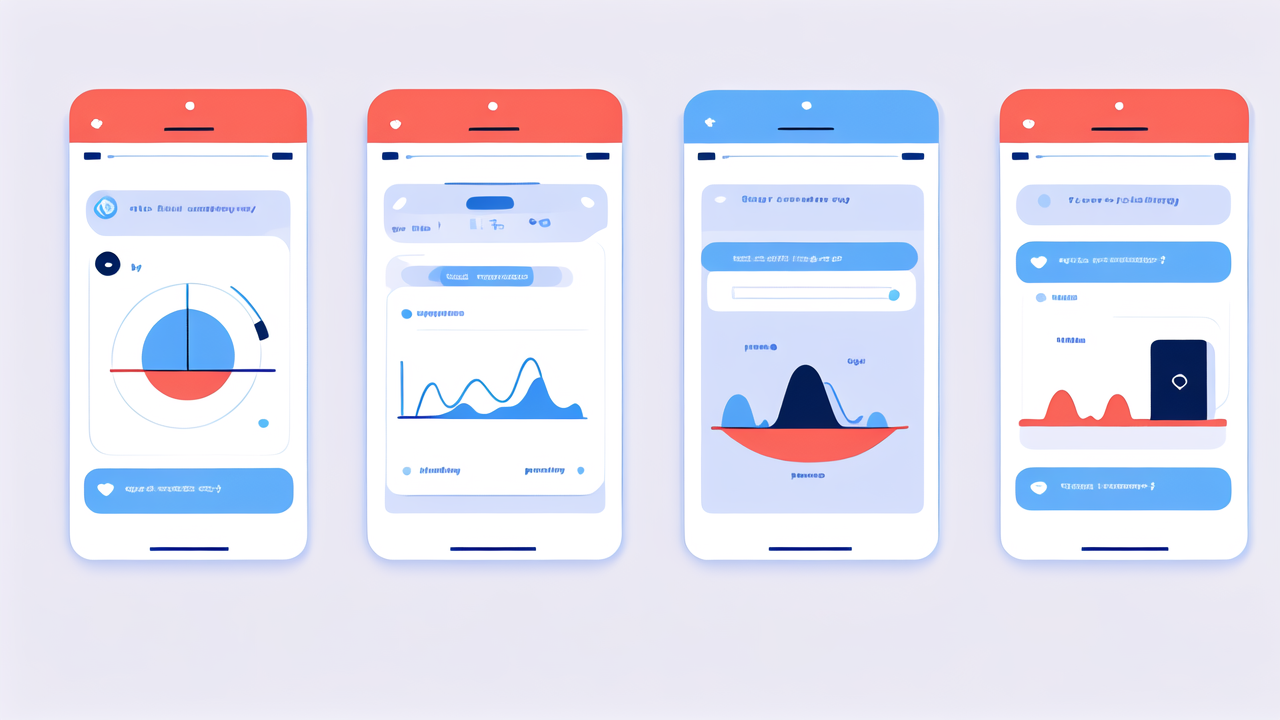The Evolution of Health Monitoring Devices in the United States
The Origins of Health Monitoring Technology
Health monitoring has come a long way in the US. It began with simple tools like thermometers and blood pressure cuffs. These devices were basic but vital for tracking health. Doctors relied on them to spot issues early. As time passed, more advanced tools emerged.

The 1960s saw the rise of portable ECG machines. These could track heart activity outside hospitals. It was a big step forward in health care. In the 1970s, glucose meters became common for diabetes management. These early devices paved the way for today's health tech.
Advancements in Traditional Health Monitors
Traditional health monitors kept improving over time. They became more accurate and easier to use. Digital thermometers replaced mercury ones. They were safer and gave faster results. Blood pressure monitors became automated. This made home use simpler.
Pulse oximeters came into wide use in the 1980s. They measure oxygen levels in blood without drawing samples. Continuous glucose monitors appeared in the late 1990s. These devices track blood sugar levels around the clock. They've been a game-changer for diabetes care.
Integration of Smart Technology in Health Care
Smart tech has revolutionized health monitoring. It started with the rise of smartphones and apps. These tools let people track their health data easily. Fitness trackers came next, offering basic health stats. They counted steps and estimated calories burned.
Smart watches took things further. They combined fitness tracking with advanced sensors. These devices can monitor heart rate, sleep patterns, and more. They also connect to other health devices. This creates a more complete picture of a person's health.
Analyzing the Features of Top Smart Watches for Health Monitoring
Advanced Metrics and Data Collection
Modern smart watches offer a wealth of health data. They go beyond simple step counting. Many can track heart rate variability. This metric can indicate stress levels and overall health. Some watches can even take ECG readings. This was once only possible with medical equipment.

Blood oxygen monitoring is another advanced feature. It's useful for detecting sleep issues. Some watches can track menstrual cycles and fertility windows. They use temperature sensors for this. The latest models can even measure blood pressure. These features rival traditional medical devices.
Connectivity and Compatibility with Health Apps
Smart watches excel at connecting with other devices and apps. They sync data with smartphones seamlessly. This makes it easy to view trends over time. Many watches work with popular fitness apps. They can share data with platforms like MyFitnessPal or Strava.
Some watches connect directly to healthcare systems. They can send data to doctors in real-time. This is helpful for managing chronic conditions. Many insurance companies now offer incentives for using these devices. It's part of a shift towards preventive healthcare.
Lifestyle and Activity Tracking Capabilities
Smart watches are great for tracking daily activities. They count steps, floors climbed, and calories burned. Many can automatically detect different types of exercise. This includes running, swimming, and cycling. Some watches offer guided workouts right on the wrist.
Sleep tracking is another key feature. Watches can monitor sleep stages and quality. They often provide tips for better sleep habits. Many watches also track stress levels. They use heart rate and movement data for this. Some offer breathing exercises to help manage stress.
The Future of Health Monitoring: Trends and Predictions
The Impact of AI and Machine Learning
AI and machine learning are set to transform health monitoring. These technologies can analyze vast amounts of data. They can spot patterns that humans might miss. This could lead to earlier disease detection. AI might predict health issues before symptoms appear.

Smart watches may soon offer more personalized health advice. They could learn from your habits and data. This might help prevent issues like heart disease or diabetes. AI could also make devices more accurate. It could filter out "noise" in health data for clearer results.
The Role of Wearable Devices in Preventive Healthcare
Wearable devices are becoming key to preventive healthcare. They encourage people to be more active and health-conscious. Regular monitoring can catch health issues early. This can lead to better outcomes and lower healthcare costs.
Future wearables might detect more conditions. They could spot early signs of Parkinson's or Alzheimer's. Some may be able to monitor blood sugar without needles. This would be a huge benefit for people with diabetes. Wearables could also play a role in mental health monitoring.
Interoperability and Future Health Technologies
The future of health tech lies in better integration. Devices will need to work together seamlessly. This could create a more complete picture of a person's health. Imagine a smart watch that talks to your smart scale and blood pressure cuff.
We might see more specialized wearable sensors. These could track specific health issues in depth. They would work alongside general-purpose devices like smart watches. The goal is a comprehensive, easy-to-use health monitoring system. This could make preventive care more effective and accessible for everyone.




Leave a comment
This site is protected by hCaptcha and the hCaptcha Privacy Policy and Terms of Service apply.